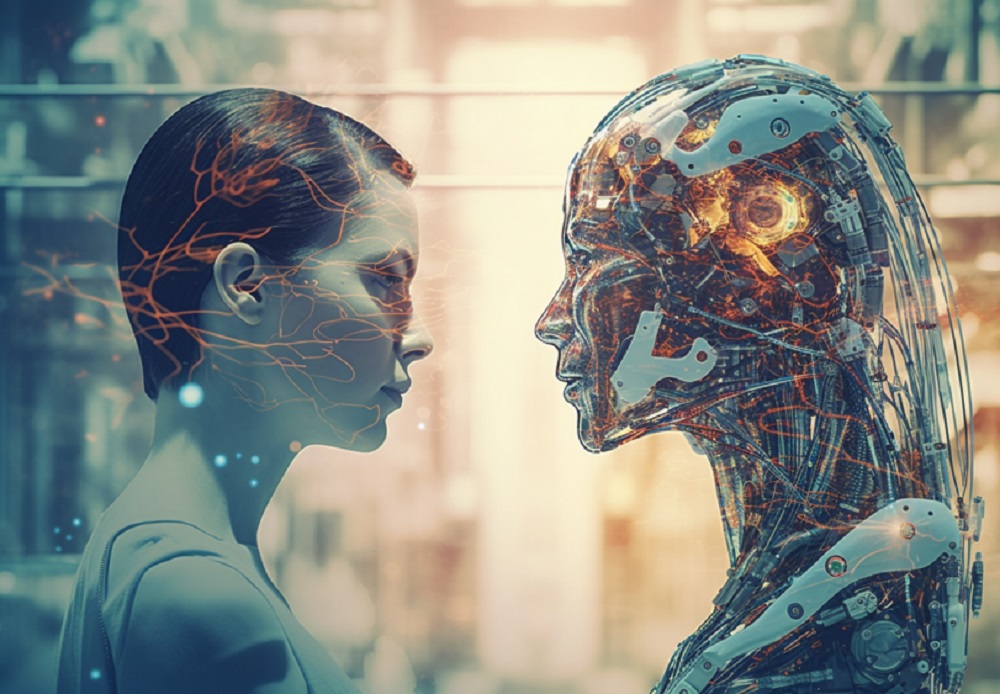Demystifying Generative AI: A Comprehensive Guide
Introduction:
Generative AI has emerged as a transformative force in the world of artificial intelligence, unlocking new potential in various industries and applications. As the technology continues to evolve, it is essential to understand the key aspects of generative AI, its underlying principles, and its real-world implications. This comprehensive guide delves into generative AI, providing an in-depth understanding of this exciting domain.
1. Understanding Artificial Intelligence (AI)
Artificial Intelligence (AI) refers to the development of computer systems that can perform tasks that would typically require human intelligence, such as problem-solving, pattern recognition, learning, and decision-making. AI has evolved significantly over the years, branching into various subfields, including machine learning and deep learning.
2. The basics of Generative AI
Generative AI is a subset of artificial intelligence that focuses on creating new content or data, rather than merely processing or analyzing existing information. This approach enables AI systems to generate outputs that are both novel and useful, such as images, text, music, and even 3D models.
3. Generative models in AI
Generative models are a class of machine learning models that learn to represent the underlying probability distribution of a given dataset. These models can then generate new, previously unseen data samples that resemble the training data.
4. Understanding Generative Adversarial Networks (GANs)
Generative Adversarial Networks (GANs) are a type of generative model introduced by Ian Goodfellow in 2014. GANs consist of two neural networks, the generator and the discriminator, that are trained simultaneously in a process of competition and cooperation.
5. The generator in GANs
The generator in a GAN is responsible for generating new, synthetic data samples. It takes random noise as input and transforms it into a data sample that resembles the training data.
6. The discriminator in GANs
The discriminator's role in a GAN is to determine whether a given data sample is real (from the training data) or fake (generated by the generator). It is trained to distinguish between the two types of data, gradually improving its ability to recognize fake samples.
7. The training process of GANs
GANs are trained through an iterative process, where the generator and discriminator are updated in alternating steps. The generator tries to generate increasingly convincing samples, while the discriminator tries to become better at identifying fake samples. The process continues until an equilibrium is reached, where the generator produces samples that the discriminator cannot distinguish from real data.
8. Variational Autoencoders (VAEs)
Variational Autoencoders (VAEs) are another type of generative model that utilizes a different approach to generating new data. VAEs consist of an encoder and a decoder, which work together to learn a compact representation of the input data and generate new samples based on this representation.
9. Comparing GANs and VAEs
GANs and VAEs have different strengths and weaknesses, depending on the desired application. GANs tend to generate sharper, more detailed images, while VAEs often produce smoother, less artifact-prone outputs. VAEs also have a more principled probabilistic framework, making them more suitable for certain tasks, such as data compression and anomaly detection.
10. Applications of Generative AI
Generative AI has a wide range of applications across various industries, including:
- Art and design: AI-generated images, music, and videos can be used for creative projects or as inspiration for artists and designers.
- Healthcare: Generative AI can be used to synthesize medical images for training and research purposes, or to generate molecules for drug discovery.
- Gaming: Procedurally generated game worlds and characters can be created using generative AI techniques, providing unique and dynamic experiences for players.
- Marketing and advertising: Generative AI can be used to create personalized content, such as images or text, tailored to specific target audiences.
- Manufacturing: Generative AI can optimize the design of products and materials by exploring the solution space and finding optimal configurations.
- Finance: AI-generated financial models and simulations can be used for risk assessment, portfolio management, and algorithmic trading.
11. Challenges and limitations of Generative AI
Despite its potential, generative AI faces several challenges and limitations, including:
- Mode collapse: In GANs, the generator may learn to produce only a small subset of plausible data samples, leading to a lack of diversity in the generated outputs.
- Training instability: GANs can be difficult to train due to their adversarial nature, resulting in unstable or non-convergent training processes.
- Evaluation metrics: Quantifying the quality of generative models can be challenging, as traditional metrics such as accuracy and precision are not directly applicable.
- Ethical concerns: Generative AI raises ethical questions regarding the ownership and attribution of AI-generated content, as well as the potential for misuse, such as generating deepfakes or spreading disinformation.
12. The future of Generative AI
As research and development in generative AI continue, we can expect advancements in the quality, efficiency, and applicability of generative models. Key areas of focus for the future may include:
- Improving training stability: Developing new techniques and algorithms to make GANs and other generative models more stable and easier to train.
- Multi-modal generation: Combining different data types (e.g., images, text, and audio) to create more complex and expressive generative models.
- Interactive generative models: Allowing users to interact with and guide the generation process, providing more control over the generated content.
- Addressing ethical concerns: Developing guidelines and best practices for the responsible development and use of generative AI, as well as exploring technical solutions to prevent misuse.
Wrapping Up
Generative AI is a powerful and rapidly evolving field that holds immense potential for transforming various industries and applications. By understanding the underlying principles, technologies, and challenges associated with generative AI, we can better appreciate its current capabilities and future possibilities. As generative AI continues to advance, it will undoubtedly play an increasingly important role in shaping the world of artificial intelligence and driving innovation across numerous domains.






